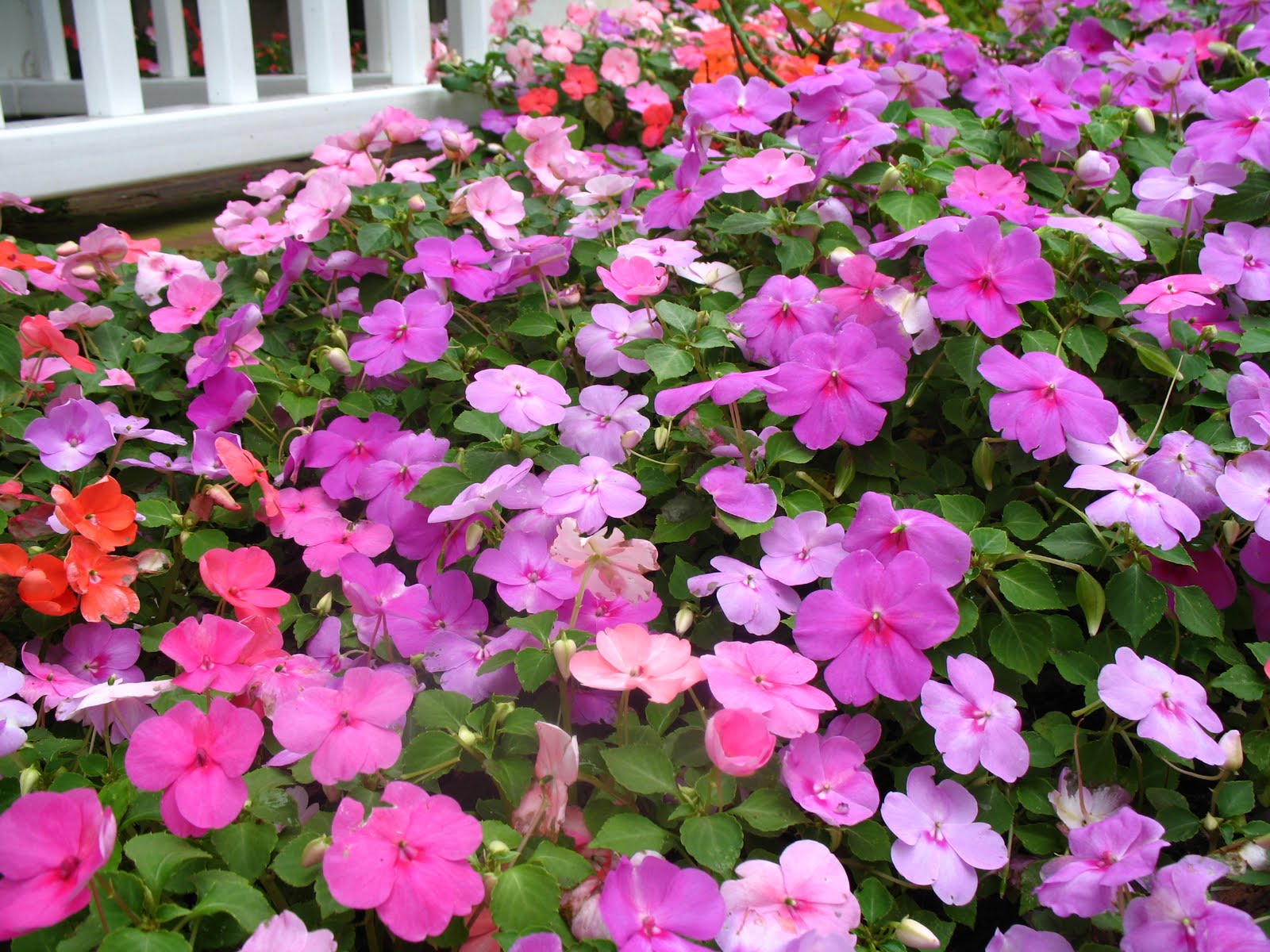

In no time at all you’ll have a flourishing space. It’s all about picking the right plants and shrubs – those which grow well in shade – and planting them in a suitable place in your garden. South facing gardens are top of the wish-list for lots of homeowners but if your garden faces the north, there is still lots you can do. Among the suitable plants are shade loving hostas, sweet smelling Lily of the Valley and colourful Rhodedendron. 'Homes with north-facing gardens can lack sunlight for a lot of the day but a shady garden doesn’t mean you can’t create a stunning display of plants and shrubs. We spoke with Chris Bonnett from .uk (opens in new tab) who revealed some of the best shade loving plants if you have a north-facing garden or covered areas in your backyard. Find all our garden plant ideas and tips on where to plant them.Where it will grow: Hardy to minus 30 degrees Fahrenheit, or minus 34. Blooms in spring and early summer resemble forget-me-nots, with tiny blue flowers on delicate stems. ‘Jack Frost’ and ‘Silver Charm’, shown here, are two of the most popular cultivars - the first has more arrow-shaped leaves, with the leaves of the latter being more heart-shaped. Perfect for cottage-style and woodland borders, Siberian bugloss pairs well with maidenhair ferns ( Adiantum spp.) and meadow-rue ( Thalictrum spp.). With silvery heart-shaped leaves, Siberian bugloss adds a bit of brightness and charm to any shadowy corner. Learn more about growing Mexican honeysuckle Seasonal interest: Flowers throughout the year in zones 9 and above in Zone 8, flowers appear in spring through fall
#Flowers for shade full
Light requirement: Filtered shade is best, but can grow in full sun Water requirement: Moderate through growing season (spring to fall) low in winter Origin: Native to Mexico and Central and South America Where it will grow: Hardy to 15 degrees Fahrenheit, or minus 9 degrees Celsius (Zone 8) Plants form vining mounds, with hummingbirds flocking to the vibrant, tubular orange flowers that appear nearly year-round. Try planting it under palo verde ( Parkinsonia spp.), acacia or mesquite trees ( Prosopis spp.) and mixing with g ermander sage ( Salvia chamaedryoides ), which has blue flowers that contrast nicely with the orange Mexican honeysuckle blooms. Happiest in filtered shade in hot, dry climates, Mexican honeysuckle (also called mohintli, fireracker plant and desert honeysuckle) forms a lush understory plant for desert gardens. Mature size: Foliage reaches 2 feet tall and 3 to 4 feet wide flower spikes grow 5 to 6 feet tall Light requirement: Partial sun to full shade expect fewer blossoms if planted in full shade Water requirement: Regular plant in moist, well-drained soil rich in organic matter Shade Plants Hermans Pride Yellow Archangel, Lamiastrum galeobdolon Hermans Pride Blue Ceratostigma plumbaginoides, Ceratostigma plumbaginoides, Hardy. Origin: Native from Massachusetts south to Georgia and west to Missouri and Arkansas Where it will grow: Hardy to minus 40 degrees Fahrenheit, or minus 40 degrees Celsius (zones 3 to 9 ) Consider planting what’s native from your region for maximum benefit to local pollinators. Black cohosh (sometimes called black bugbane, black snakeroot or fairy candles) is closely related to Southeast native mountain bugbane ( A. In summer, delicate white flower spikes sway gently on slender stems and attract native pollinators. Native to woodlands of Eastern and Central North America, this pretty perennial grows well in garden borders with light canopy cover from trees.


 0 kommentar(er)
0 kommentar(er)
